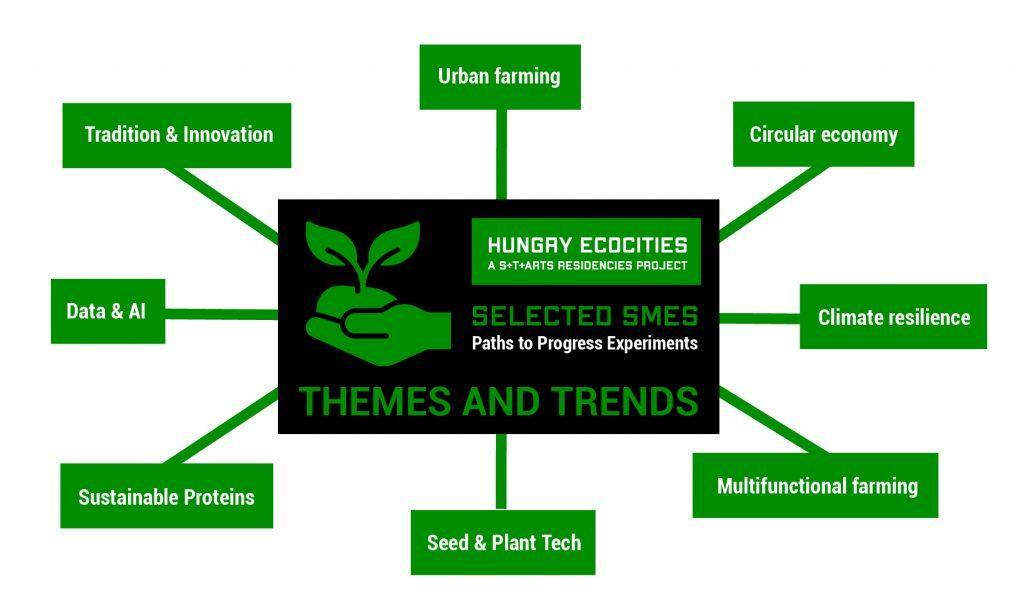Press Release
Day: 13 February 2025
On the way to sustainable agriculture of the future, science and AI meet art in the Hungry Ecocities project, coordinated by FIT BUT
![[img]](https://www-dev.fit.vutbr.cz/fit/news-file/d280791/capann-prosciutii-kick-off_1600.jpg)
Food and the ways in which we obtain it can seem like an utterly mundane matter, associated with necessity rather than creativity. For many people on the planet, regular access to food is not a given, and for those who have it, it is associated with mundanity. In a world that is facing ever new challenges in the context of climate change and the rapid transformation of the landscape, particularly ever accelerating urbanisation, we need to find ways to feed a growing population. It is time to think differently about agriculture and to take new approaches. Bringing together seemingly disparate fields such as science, AI, modern technology and art to find solutions for a sustainable agriculture of the future is the main idea behind the Hungry Ecocities project, coordinated by Associate Professor Smrž from FIT BUT.
The project started in 2022 and consists of a consortium of eight research institutes. "Digital technologies and applications can lead to a reduction in food waste and to more sustainable values, an ecological approach and more ethical food consumption. In addition to universities, the project involves a number of leading European agricultural companies with the aim of developing a healthier, more sustainable and affordable agricultural or food system for all," said Associate Professor Smrž from FIT BUT in the project abstract.

And where has the project gone in two years? In addition to technical experts, the consortium has managed to involve global art studios and major names in the world of art and architecture, such as Carlo Ratti Associati, who are behind the design of the Italian pavilion at the Dubai EXPO, Berlin's Studio Other Spaces, and some of the most prominent architects around Rem Koolhaas. Artists from all over Europe have been selected to join them with projects focusing, for example, on the sustainable use of local raw materials and on improving people's diets and the whole process from cultivation to distribution and sale.
Small and medium-sized farms are looking for creatives
Last September, 10 visionary European SMEs working in different areas of agriculture were selected. They include companies focusing on seed breeding, urban agriculture, traditional food processing, waste upcycling, organic farming, beekeeping, climate-controlled agriculture, sensory analysis, insect biotechnology and germination technology. The broad thematic focus will enable an understanding of global challenges and opportunities in the agricultural chain. In the next phase, selected artists will join them to form teams to address these challenges in a supporting programme. The names of the selected artists will be announced in May 2025.
Creative teams at the intersection of agriculture, technology and art will explore, among other things, the potential of vertical gardens in cities, or how to turn agricultural waste into organic products. They will take a close look at data-driven approaches and how best to use them for, for example, healthier bee populations and more sustainable pollination. The chapter itself will look at insect proteins as alternative, sustainable food sources that could change our diets. Collaborative efforts will aim to develop and test prototypes that promise to make our food chain more transparent, inclusive, responsible and sustainable. An unprecedented role for data and artificial intelligence throughout the agricultural chain, from optimising crop yields to analysing consumer preferences, runs like a thin red thread through everything.
Author: Horná Petra, Mgr.
Last modified: 2025-02-13 17:29:41